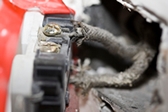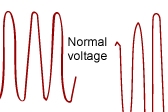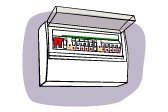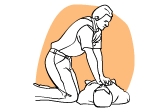Security screen doors
Security screen doors offer both a way to add an extra layer of security to the front door of your house, and to provide...
Power tracks
Power tracks are strips designed to allow the positioning of power outlets anywhere across a particular wall. These systems cost more, but go a...
Electrical maintenance
Find out how to safely maintain your home's electrical systems, and what to do if there's an electrical emergency in your house.
Electrical maintenance is...
Age of wiring
Like all things, over time wiring and the shielding that surrounds it tends to deteriorate. See how this affects the safety and performance of...
EMI, crosstalk and network interference
EMI (or electromagnetic interference) can cause a variety of problems with electronic equipment or communications systems. Find out how to prevent this in your...
Voltage supply fluctuations
Interestingly, the position of your house relative to the main supply for your street can have an impact on your voltage supply - which...
What to do when plugs are arcing or sparking
It's not normal - or safe - for your plugs to arc or spark. Find out why this happens, and what you need to...
How to use your switchboard/switch box
Not sure about how your switchboard works? Have the lights or appliances gone out only in one part of the house? Find out...
Demand response and load shedding
Depending on where you live and what electrical hardware you have, your local power authority may be able to control your lighting or appliances...
What to do in an electrical emergency
Electricity can be very dangerous when things go wrong. Find out what you should do when you have an emergency that involves electricity.
Before using...















